Blog
Planet Earth pays too much for cheap apparel. Clothes can in fact also be colored ecologically
It is striking that up to 20% of industrial water pollution in China comes from dyeing or coloring textiles.
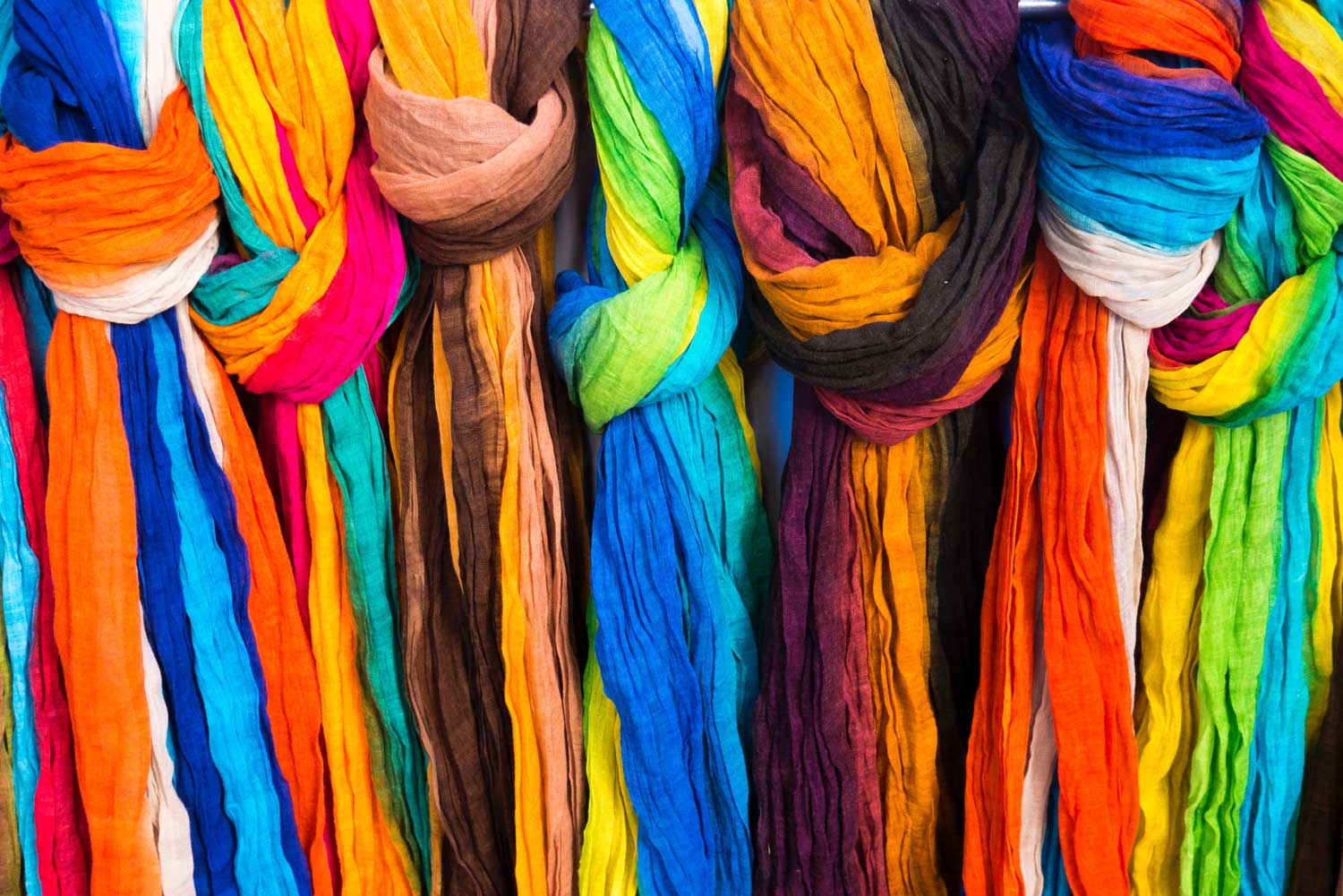
According to the World Trade Bank, up to 20% of industrial water pollution in China comes from dyeing of textiles. The survey says there are about 72 toxic chemicals in water, of which 30 can not be removed from the water at all.
China and India are among the two most important textile giants in the world. Turnover from their production and export counts in billions of dollars.
People working for these textile factories though are rewarded by only a fraction of this dizzying sum. Many have to work under conditions that they can hardly call suitable. In addition, their own health is endangered. Insufficient regulation in companies producing and dyeing textiles is also a burden on the surrounding environment.
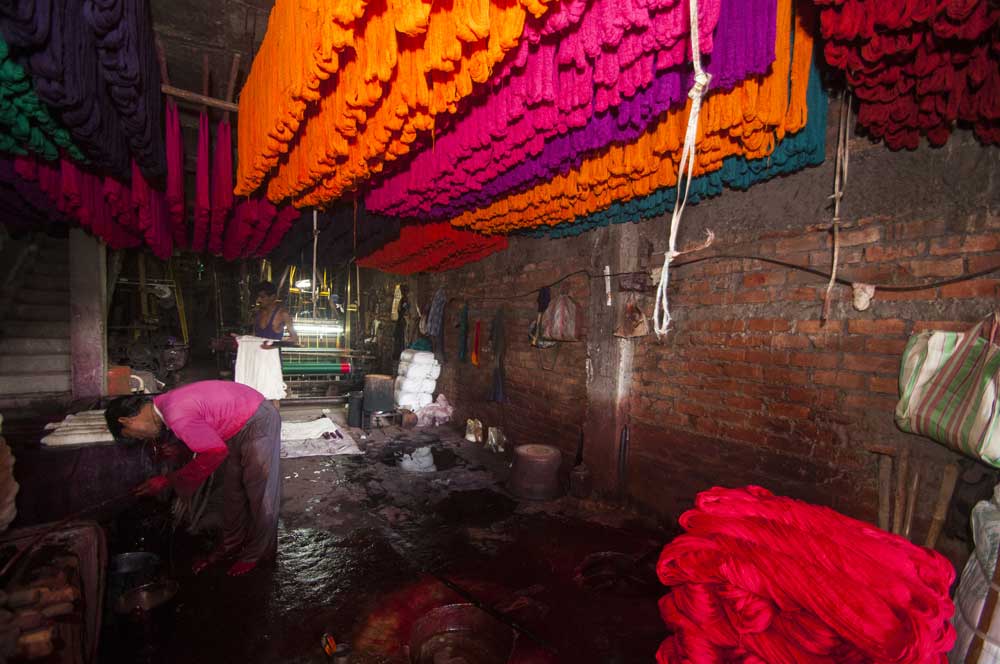
Discharging of colored waste into rivers with near zero regulation
At present, pollution of industrial waste streams in these countries is alarming.
Chinese textile industry will use more than two and a half trillion liters of water per year in its factories. However, the neutralization of such wastewater is incredibly costly and therefore many companies neglect it.
Given the lack of regulation by the authorities or the absolute absence of suitable wastewater treatment plants, China releases toxic metals such as tributyltin, phthalates, perfluorooctane sulfonate or aniline into its watercourse.
Many of these substances are subject to very strict regulation in other countries. These are substances that are highly toxic and can cause cancer and dangerous hormonal changes in the body.
The tax on high turnover is paid by the poorest
An example is one of the 133 Chinese cities dedicated exclusively to the production and sale of textiles. The environmental impact in the city of Xintang, also known as the "World city of Jeans", on its Dong River is disastrous.
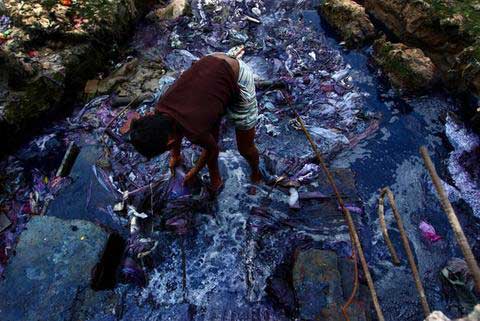 Source: atashvana.co.uk
Source: atashvana.co.uk
As a result of the discharge of wastewater form local textile producer, this river became completely unusable for the city's population. The water is not drinkable, people can not do the laundry or swim in it. In addition, water is often discharged from its bed and degrades crops near human homes.
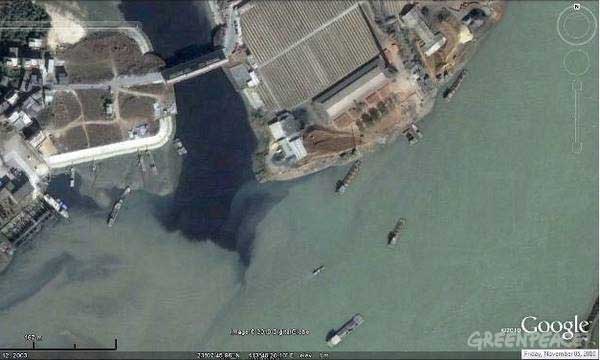 City Xintang covers approximately 40% of denim demand in the US per year. Source: Greenpeace.org
City Xintang covers approximately 40% of denim demand in the US per year. Source: Greenpeace.org
Belgian scientists have come up with a sustainable solution
The unnamed coloring house in Belgium, in 2017, tested a new method for wastewater treatment in conjunction with scientists from the European Research Project. In this way, the factory wanted to reduce the environmental impact and costs of treating its wastewater.
The project worked with a two-step cleaning method that is capable of removing the color, toxic substances and salts contained in the wastewater with almost 96 % efficiency:
-
stage – involves electrocoagulation that removes dye from the water
-
stage – continues with reverse osmosis, which gets the water rid of salt
According to scientists, the water thus purified can be reused in the future for dyeing textiles.
A similar two-stage cleaning will create a cycle that will ultimately save the factory up to 75% of the cost of new water.
Apparel does not have to kill us
A method known from ancient Egyptian times has been sought to be revived by various eco-friendly startups in recent decades. It is a method of coloring using natural pigments.
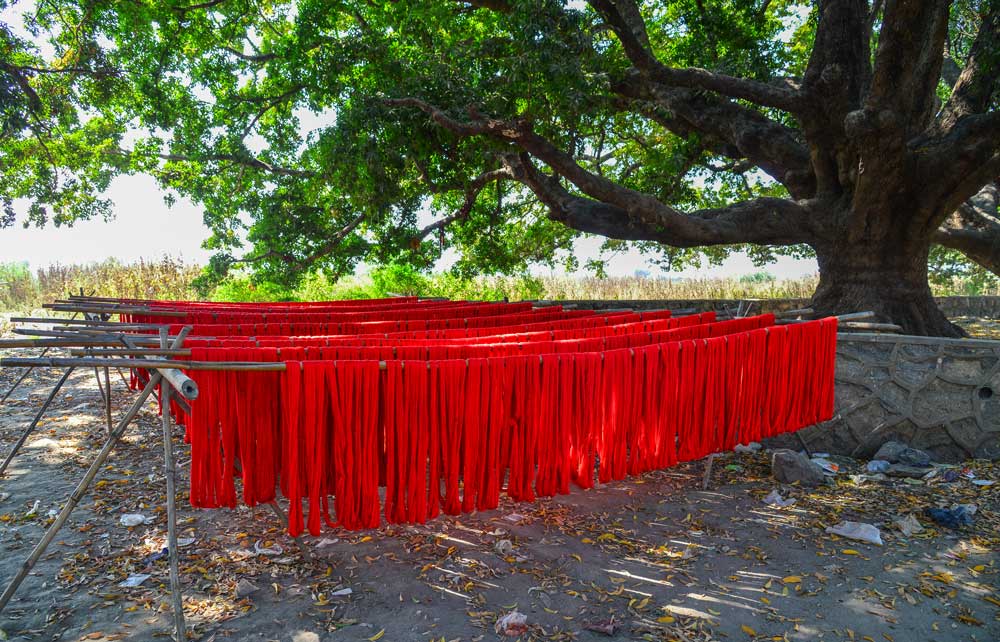
They are more friendly to the human organism and nature, they do not contain dangerous chemicals, toxins or salts. The clothing is mostly natural indigo on blue, resin on violet, certain plants on red, brown and yellow plants and minerals on gray and black.
In India, similarly oriented projects are, for instance, Colors of Nature or Clean Clothes Project, which further distribute their products to US chains.
This is how the clothing is manufactured by the method thousands of years old. Source: Industry of All Nations
Pollution of water and watercourses is one of the biggest ecological problems of the present. If we buy cheap and fast fashion made for short consumption, we also have a share of it.
Therefore, do not ignore the urgency of this topic and try to contribute to the improvement of the world situation with our own decisions.
Are you interested in this topic? Also read our article on the world´s 9 most colorfull rivers, whose unusual shade caused is caused by hazardous waste escaping from the factory.
More articles
Water in the oceans also poses a risk of radioactive waste contamination in addition to pollution caused by plastics. What danger does it represent?
The dumping of waste on the seabed began to be subject to active international regulations only in the 1970s.
Potato processing industry also requires waste water treatment
One of the biggest potatoes-processors in the Czech Republic has decided to invest effort into its wastewater treatment. The key project idea was to...
